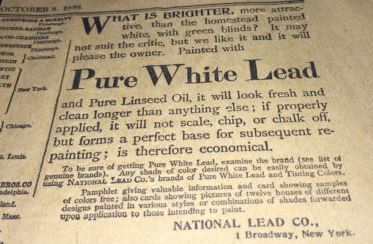Thu 7 Feb 2019
IH Construction update
Posted by admin under Bio Exposure Index, Biological Monitoring, Chemical Exposure, Lead, lead in gasoline, Leaded Sheetrock, OSHA, Uncategorized
Comments Off on IH Construction update
Unfortunately this website has taken a backseat to actual work. My apologies for not updating the information, and especially to trusted subscribers of this site.
In the coming months, I plan to publish more posts with the same type of information. Thanks for hanging on. – Alden
As a preview: Did you notice that the State of Michigan OSHA (MIOSH) has updated (lowered) their lead (Pb) blood level mandates? Sadly, it took a lot of people being overexposed to lead (remember Flint, MI?) in order to make this simple change. I hope other states follow.







